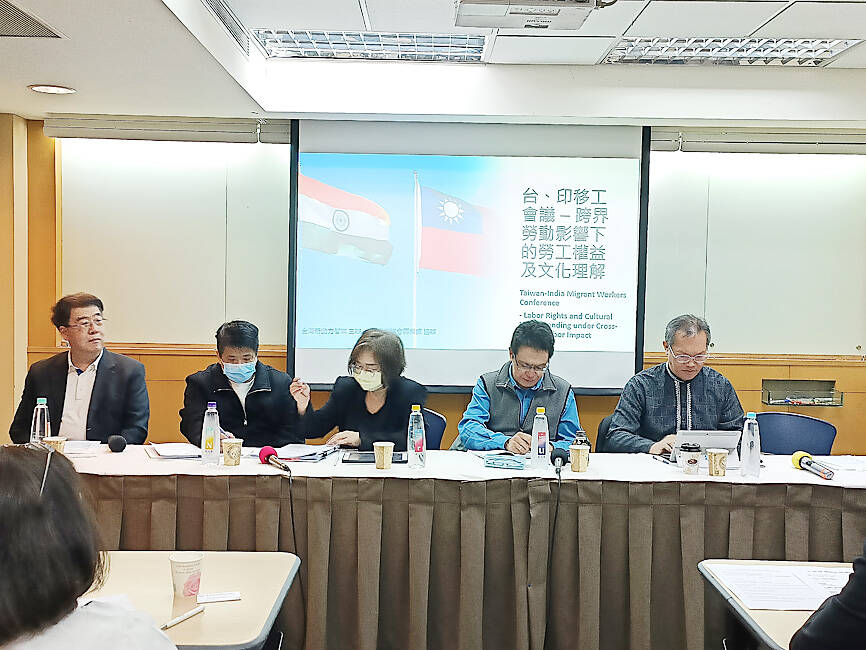China and Russia are deepening their military co-operation with their largest joint naval and air exercise on Japan’s doorstep.
The “Northern/Interaction-2023” exercise, which kicked off in the Sea of Japan on Monday, is technically part of the Chinese military‘s regular annual training programme, a sequence of drills that rotate through its military districts. It is unclear how long the exercises will last.
But by holding the exercise in the waters that separate Japan from Russia and the Korean peninsula, Beijing and Moscow are starting to use their increasingly close military partnership to project power against other countries, officials of other governments and analysts said.
On the Chinese side, the drill involves two destroyers, two frigates and a supply ship as well as the Y-20, the People’s Liberation Army’s largest transport aircraft; J-16 fighters; early warning and control aircraft; and the Z-20, China’s version of the Black Hawk helicopter. Russia has not released any information on its participating units, but according to China’s defence ministry, the Russian contingent includes air and naval forces, too.
China’s defence ministry said at the weekend the exercise would focus on “safeguarding strategic sea lines of communication” and “strengthening both sides’ ability to jointly safeguard regional peace and stability when dealing with various security challenges”.
Government officials from Japan and Taiwan said the framing of the drill and increasingly frequent Russian military movements in east Asian waters and airspace raised concerns that Russian and Chinese air and naval forces could soon be patrolling the area regularly.
This month Chinese defence minister Li Shangfu told the visiting head of Russia’s navy, Admiral Nikolai Yevmenov, that the two sides should organise joint exercises, patrols and competitions on a regular basis.
“Tactically, these are scheduled exercises, but politically, they are more than that,” said Alexander Korolev, an expert on China-Russia security ties at the University of New South Wales in Sydney.
The two countries have been building their military ties for decades, but their collaboration has gained pace after Russia’s assault on Ukraine.
“It cannot be ignored that they are now getting increasingly provocative as they are edging towards sensitive and disputed areas,” said Korolev.
The Chinese and Russian militaries have been conducting exercises together since 2005, initially as part of broader annual drills held by the Shanghai Cooperation Organisation, which also includes several Central Asian countries, and since 2012 in dedicated bilateral training events.
In 2018, the People’s Liberation Army started participating in some of the Russian military’s annual exercises. In 2021, Russian troops were for the first time part of a regular PLA annual exercise — an event defence experts said indicated that the two forces’ relationship had moved from just friendly exchanges towards building interoperability.
But while that drill took place in north-western China, deep inland and far from disputed borders, and featured only army units from the Russian side, this week’s event involves Russian naval and air forces for the first time and plays out in an area where Russia has territorial disputes with Japan.
Moreover, the two militaries are building a constant presence in the waters and airspace of east Asia where geopolitical tension runs high.
In June, Chinese and Russian bombers jointly patrolled the airspace above the Sea of Japan and the East China Sea, where Beijing has territorial disputes with Tokyo. Japan and South Korea scrambled fighter jets in response after the Russian-Chinese formation entered their air defence identification zones. It was the sixth time the two countries held such joint bomber patrols in the area since 2019.
Later in June and in early July, two Russian frigates sailed through waters between the east coast of Taiwan and the south-westernmost islet of Japan and then back up north past Okinawa, a movement closely tracked by Japan’s Self-Defense Forces.
A senior Japanese government official said Russia’s invasion of Ukraine had destroyed any illusion Tokyo could develop relations with its northern neighbour to balance China.
“This exercise proves that we are now faced with a threat on two fronts,” the official said.
The National Security Strategy that Japan adopted in December last year said China was strengthening its strategic ties with Russia and attempting to challenge the international order.
“[T]hese two countries have ramped up their military co-ordination by continuing to conduct joint exercises and drills, such as joint navigation by their naval vessels and joint flights of their bombers in the vicinity of Japan,” the document said. “Russia’s external and military activities and others in the Indo-Pacific region, including Japan, together with its strategic co-ordination with China, are of strong security concern.”
Chinese defence experts defend the growing co-operation with Russia as a response to US hegemony and pressure from Nato.
“We are both on the receiving end of challenges to our legitimate security interests,” said a defence strategy expert at the Academy of Military Science in Beijing who asked to remain anonymous because he was not authorised to speak to foreign media.
The expert added that Nato’s move to simulate an air war with Russia during the group’s recent summit had reinforced concerns in China over the dangers of US alliance networks.
“The US keeps talking about deterring China through working with their allies,” he said. “Let them see that we have friends, too.”



